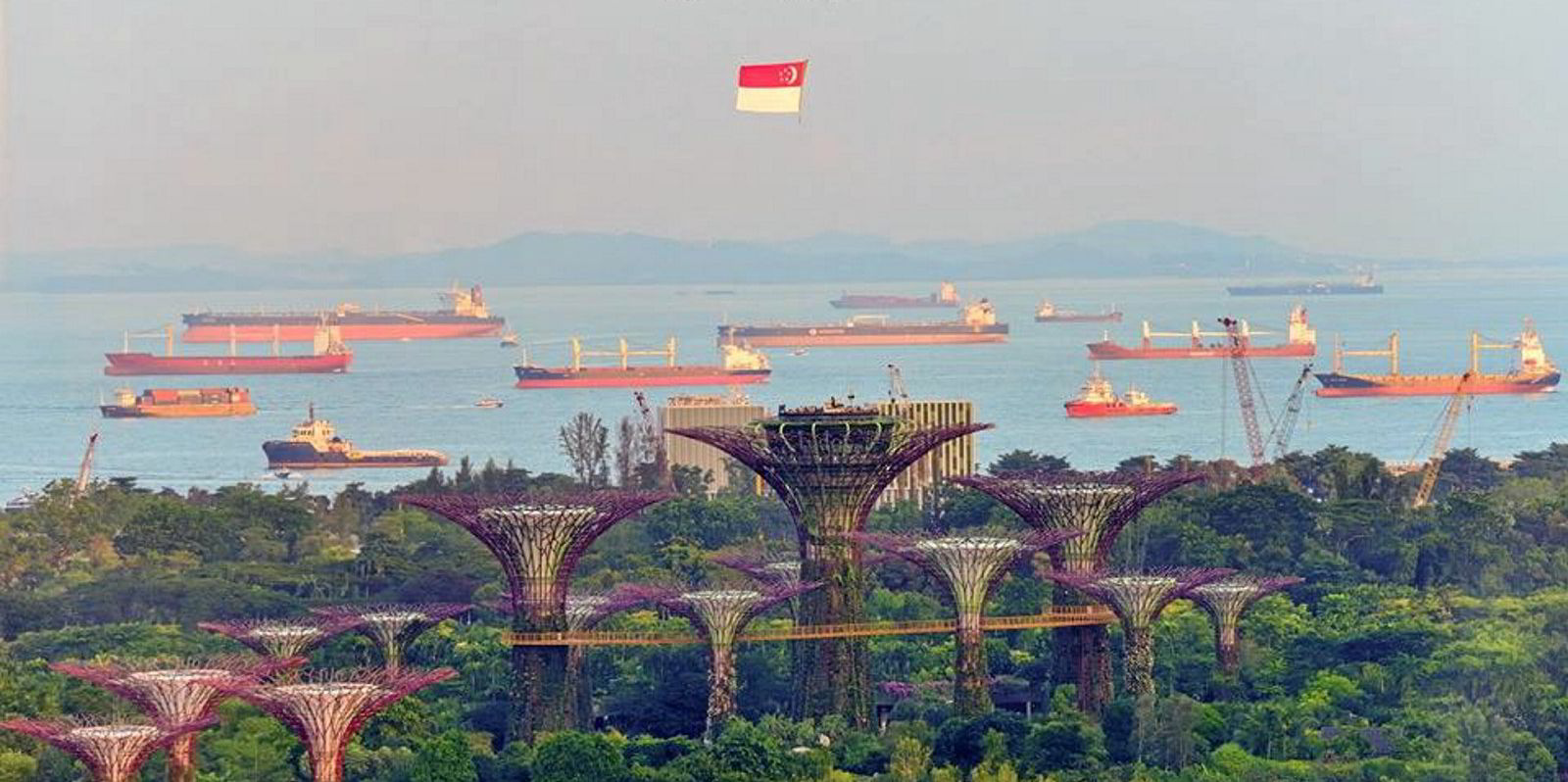Singapore’s first electric cargo vessel has been officially launched, marking a significant milestone in the city state’s decarbonisation of its maritime industry.
The Hydromover is said to generate zero emissions and can potentially reduce operational costs by up to 50% compared to conventional vessels due to improved energy efficiency and lower maintenance costs.
The vessel has been developed by Yinson GreenTech (YGT) together with the SeaTech Solutions-led Goal Zero Consortium.
The lightweight, 18.5m vessel is designed with swappable battery solutions and can carry up to 25 tonnes of cargo.
The vessel was Goal Zero’s submission and one of the proposals under the Maritime and Port Authority of Singapore (MPA) and Singapore Maritime Institute (SMI) joint call-for-proposals for the electrification of harbour craft to be awarded research and development grants from both the MPA Maritime Innovation and Technology (MINT) Fund and SMI Fund in August 2021.
YGT spearheaded Hydromover’s programme management, system solutions and commercialisation, while its Goal Zero partners were involved in other parts of its development.
As lead, SeaTech spearheaded the vessel design, Shift Clean Energy contributed the battery technology and Lita Ocean built the Hydromover, which was classed by Rina.
Five potential partners have provided letters of intent to charter the Hydromover for operation trials, with the view to electrifying their fleets.
These are two Goal Zero partners Lita Ocean and DM Sea Logistics, as well as OPL Services, RW Marine Services and Tian San Shipping.
The five parties’ combined fleet stands at more than 150 vessels, marking significant potential for future conversion to electric vessels.
The Hydromover will serve as a ‘living lab’ for YGT and Goal Zero’s R&D partners, including the Singapore Institute of Technology (SIT), and the Technology Centre for Offshore and Marine, Singapore (TCOMS), which are working on a holistic digital twin of the vessel.
“This will facilitate research on the combined effects of variables such as vessel hydrodynamics, propulsion, motor dynamics and battery performance, allowing ship designers and operators to enhance operational efficiency and safety,” YGT said.
The vessel was designed, engineered, and constructed in Singapore, with all major suppliers being local companies.
YGT said it intends to explore more potential partnerships and knowledge-sharing within the industry for ongoing enhancements and upgrades to the vessel.
“This paves the way to elevate Singapore’s expertise for maritime-related green technology and strengthens the city-state’s hub status,” the company said.
“Being the first to launch a fully electric lighter craft in Singapore marks a transformative moment for YGT,” chief executive Eirik Barclay said.
“The Hydromover exemplifies what can be achieved through strategic partnerships and alliances with like-minded partners.
“We are excited to have already received expressions of interest from across the region including Indonesia, where YGT has begun talks with interested parties to deploy the vessel for backwater transportation of goods and electrification of local fishing vessels.”
Barclay said the company was confident of reaping significant advantages from being an early mover in the race to reach net zero emissions by 2050 and is already in talks with financing partners such as UOB and potential equity partners.
Kenneth Lim, assistant chief executive (Industry and Transformation) at the MPA, said: “The knowledge and capabilities gained through the development of the electric lighter craft will certainly add to the industry’s understanding of electric harbour craft designs and technology options for cargo transport vessels.”
Eric Lian, head of group commercial banking at UOB, said: “The launch of the Hydromover will drive the revolution of cargo transportation in the maritime industry.
“As the lead bank to finance YGT’s development of the prototype, we are pleased to support this achievement, and the efforts of MPA and SMI to promote sustainability through innovative green projects.”





